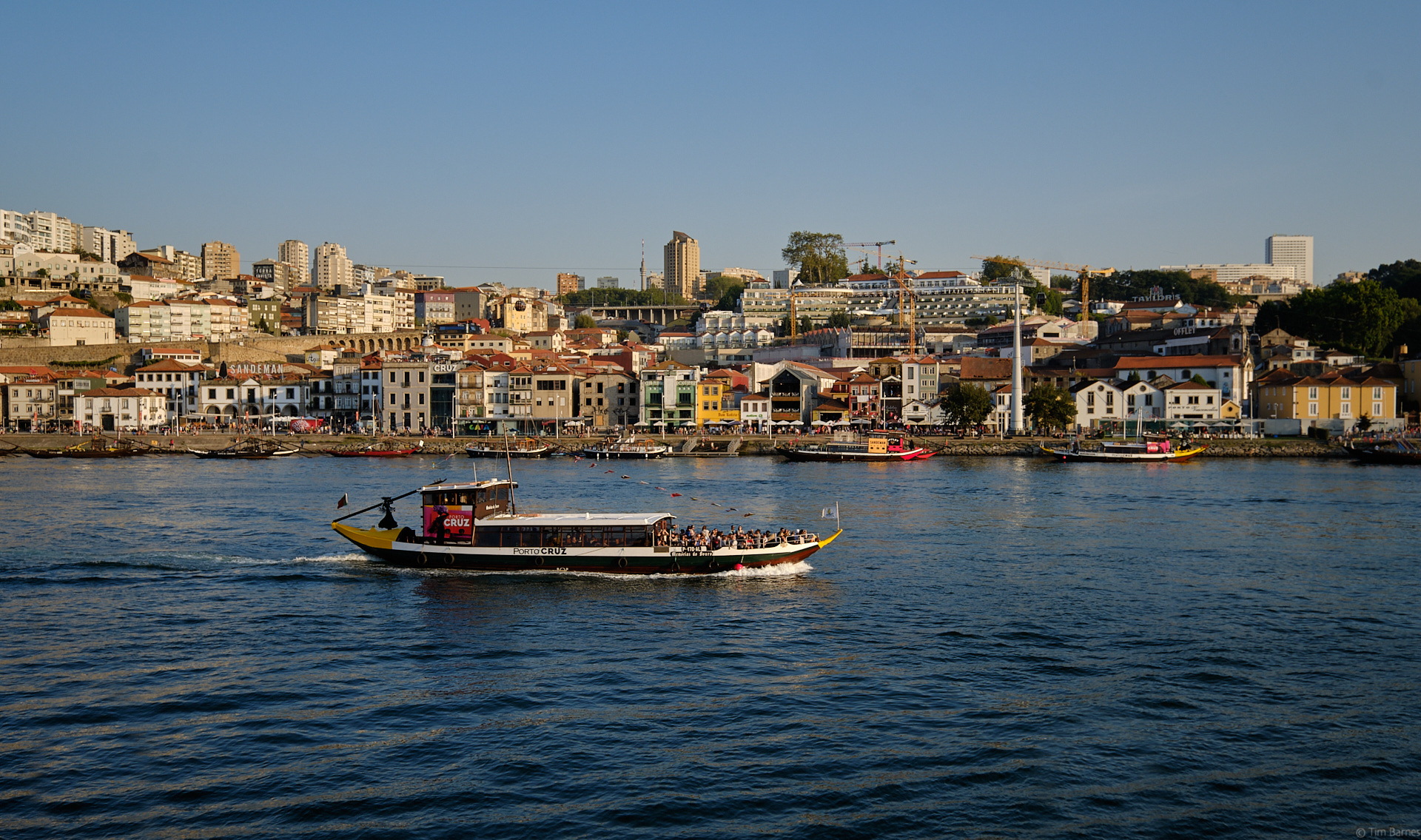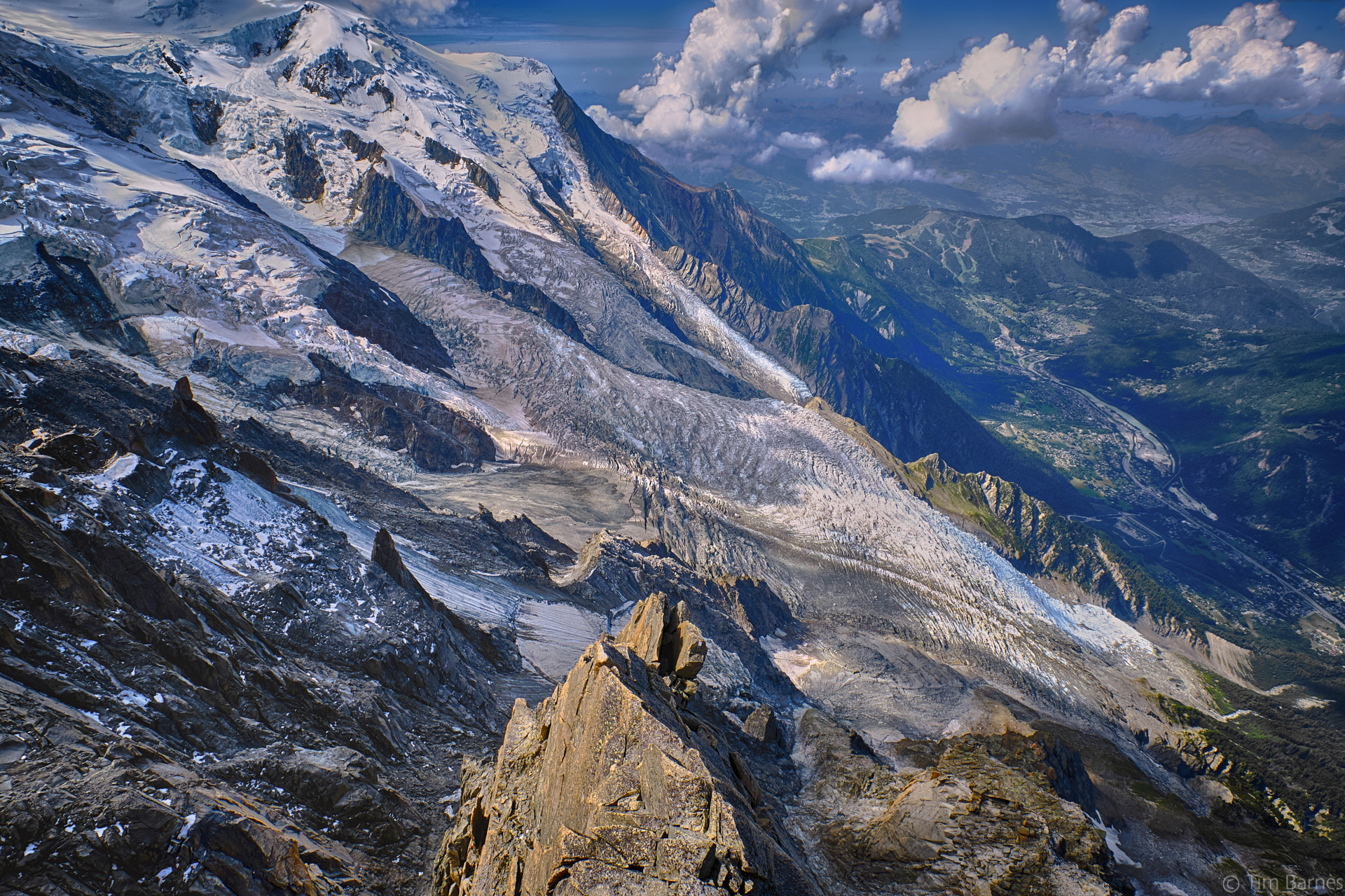Category: Photography
-

Porto Party
We loved Porto. After three short days in Lisbon, walking a lot, the smaller scale of Porto was a relief. Both places were very interesting, but Porto was characterized by incredibly friendly people, affordable prices, and a vibrancy that was very compelling. At the same time, Porto was run down in places, with a lot…
-

To the Top of Mont Blanc
I would visit Europe more than once a year, if time allowed. There’s so much to see – nature, history, cities, countryside, food, shopping, architecture, music, art. This year we went to Geneva for a week, and took a day to visit Chamonix and Mont Blanc – the highest mountain in Europe. Chamonix is a…
-
Yet more pictures from the past
These pictures are quite old – I’ve just installed a new Mac for myself, with Apple’s Aperture for image management. I’ve been using a combination of iView (now owned by Microsoft) and Nikon’s Capture NX, but Aperture is very well integrated into the Mac environment, and I have a plug-in that automates uploads into Gallery, which…
-
Santorini!
2201 One of the world’s great photogenic places. Extraordinary beauty, and a quiet sense of isolation make it a great place to visit. 2127 I was there in May, following a conference. May is a good time to visit. It was hot, but not unbearable, and I did a lot of walking. The roads are…
-
Integrating my photo blog
I have maintained a separate page and blog for my thoughts about digital photography, but it’s hard to keep more than a couple of sites active and interesting, so I’m going to incorporate my comments on photography in this blog. The first thing I’ll do is re-post the old articles here, and then in the…
-
The Nikon D80 is in the shops!
I saw it today in Jessops in Bracknell – it looks more like the D50 than the D70s, and it’s certainly small. I think it’s a great looking camera, and perhaps if I was starting again I’d consider a pair of D80s rather than my D50 and D200…
-
Nikon Capture NX – a recommendation
I’ve tried a lot of the raw processing software out there – RawShooter, Bibble Pro, Adobe Camera Raw (both the full version and the smaller version that you get with Photoshop Elements), and brief attempts to use the previous version of Nikon Capture and a couple of others. I really liked Bibble Pro, but I…
-
dpreview.com – the place for digital photography enthusiasts
The best place to learn about digital photography products is www.dpreview.com (Digital Photography Review) – it’s up to date with news, and also provides in-depth product reviews and a comprehensive set of forums (fora?) about many aspects of digital photography. Their research is more detailed and thorough than mine – if this blog has any…
-
I should point out that many of the pictures posted here were taken with film over the years and scanned in – but in any case, if you find them interesting, here they are. Posting photos on the web is problematic – you have to downsize them and compress them – neither practice is good…
-
Why two cameras?
It wasn’t my original plan. I was looking at the D50 and the D70s, and I was almost decided for the D70s when Nikon reduced the price of the D50. After using it for a while, I learned that it was capable of outstanding pictures. But it was also limited in a few specific ways…